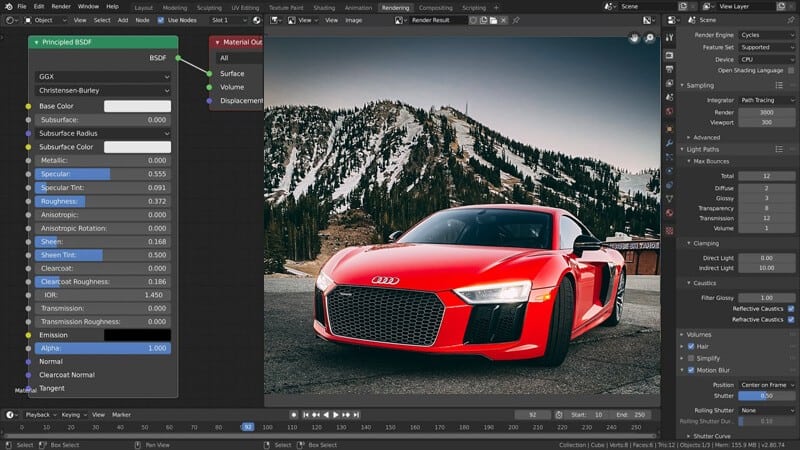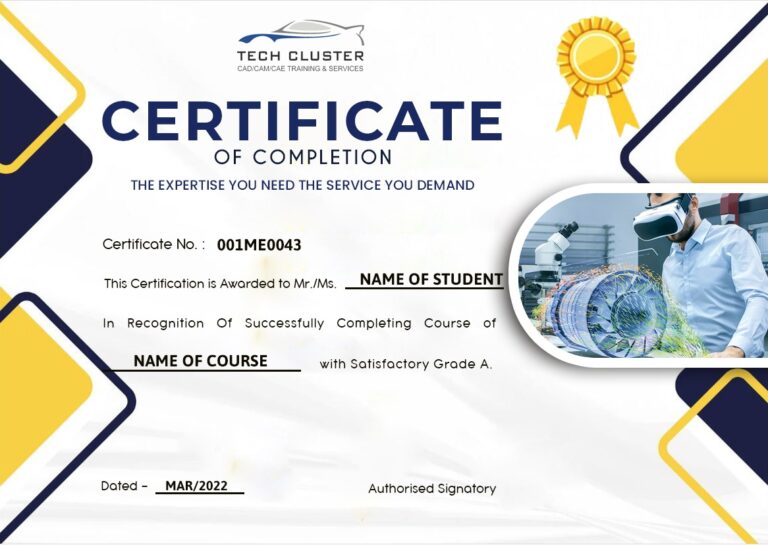
Automobile Design Training Institute in India
- Real-Time Experts Sessions
- LIVE Project
- Certification
- Affordable Fees
- Flexibility
- Placement Support
Automotive design is the process of developing the appearance, and to some extent the ergonomics, of motor vehicles, including automobiles, motorcycles, trucks, buses, coaches, and vans. Automotive design as a professional vocation is practiced by designers who may have an art background and a degree in industrial design or transportation design.
Designers at work in 1961. Standing by the scale model’s left front fender is Dick Teague, an automobile designer at American Motors Corporation (AMC).The terminology used in the field is found in the glossary of automotive design.
Applications
- Design new products or modify existing ones
- Troubleshoot and solve engineering problems
- Plan and design manufacturing processes
- Researching, designing, developing and producing vehicles and components
- Preparing cost estimates and design specifications
- Predicting vehicle or component Behavior under different conditions using computerized models
Automobile Design Course Highlights:
Automobile Design Foundation :
- 2d Drafting & Annotation
- 3d Modelling & Design
- Productivity Tools
- Automotive Chassis Design
Duration :
- 50 Hours Theory
- 50 Hours Practical
- 20 Hours Project work
Technical Features:
2d Drafting & Annotations
2D drafting and drawing is the process of creating and editing technical drawings, as well as annotating designs. Drafters use computer-aided design (CAD)
CAD software for 2D drafting can be used to draft designs more quickly and with greater precision,
Without using stencils and technical drawing instruments, 2D CAD software also allows users to document and annotate drawing with text, dimensions, leader and tables.

3D Modelling & Design
3D modelling is the process of developing a mathematical coordinate-based representation of any surface of an object (inanimate or living) in three dimensions via specialized software by manipulating edges, vertices, and polygons in a simulated 3D space.
Three-dimensional (3D) models represent a physical body using a collection of points in 3D space, connected by various geometric entities such as triangles, lines, curved surfaces, etc. Being a collection of data (points and other information), 3D models can be created manually, algorithmically (procedural modelling), or by scanning. Their surfaces may be further defined with texture mapping.
- Productivity Tools
- Dynamic Block Creations
- Design Block Library Creations
- Webpage Creation
- Hyperlink
- Animation & Slideshow
- Printing & Plotting
- Creating Drawing
- Automotive Chassis Design
The Automotive Chassis is the result of two decades of experience: On the one hand from the experience of teaching courses such as Vehicle Mechanics, Vehicle System Design, Chassis Design to engineering students; on the other hand from the design practice of vehicle and chassis components in a large automotive company. This work is addressed primarily to students of automotive engineering and secondarily to all technicians and designers working.

Upcoming Batches
Certifications

Automobile Design Certification Training
About CATIA Certification Training in Indore at Tech Cluster
Reviews

















